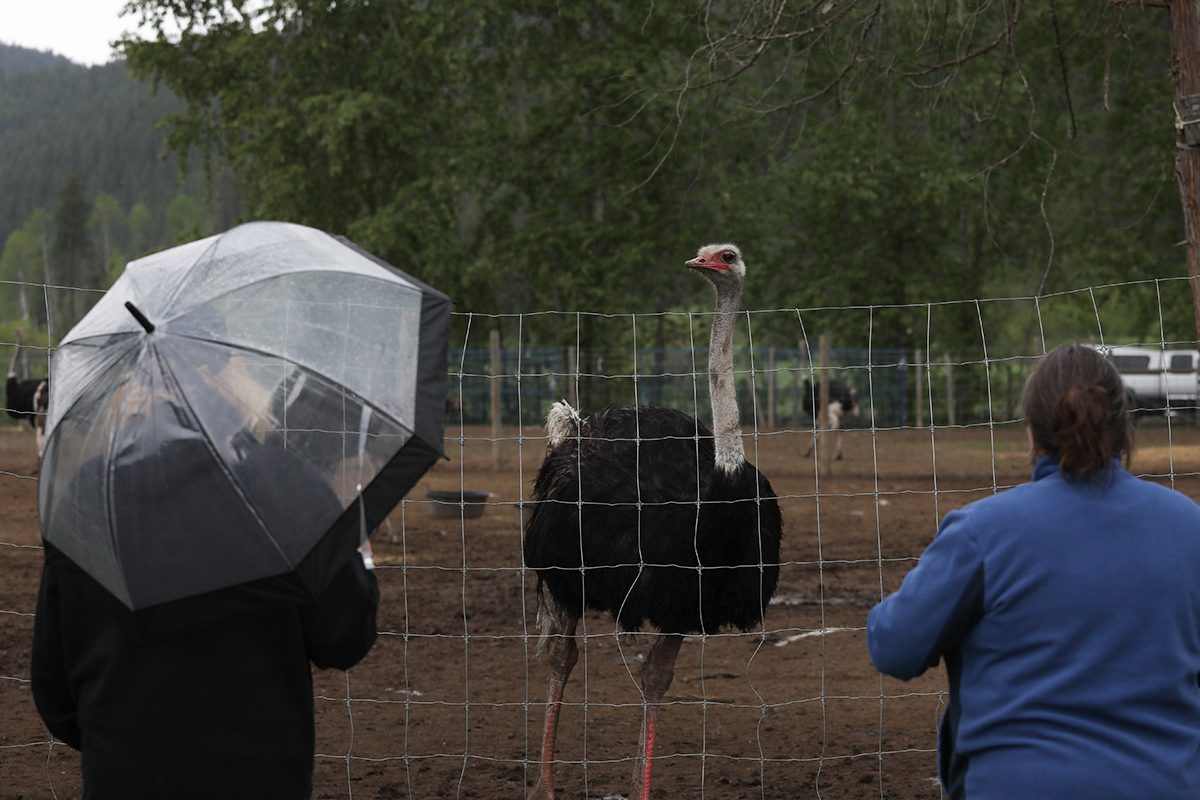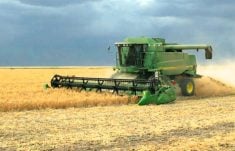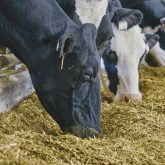CHICAGO, Jan 6 (Reuters) – The U.S. Midwest and Plains woke up to near-record low temperatures, raising the risk of damage to the dormant wheat crop and stalling the movement of grain and livestock to markets, a senior agricultural meteorologist said on Monday.
“The central Plain wheat region will have some damage, and the southeast Midwest crop will see damage tomorrow, given the forecast for the cold to move into southern Illinois, southern Indiana and northern Kentucky,” MDA Weather Services forecaster Don Keeney told Reuters.
“There will also be a lot freezing of rivers across the Midwest,” he added.
Read Also

B.C. ostrich owner condemns violence near embattled farm
One of the owners of Universal Ostrich near Edgewood, B.C. condemned the alleged assault and arson against one of the farm’s neighbours said to have been committed by a protestor. The farm is in a legal battle with federal authorities over a cull order of the farm’s ostriches, which contracted avian influenza.
An arctic blast that swept across the heartland pushed morning lows to -4 to -10 degrees Fahrenheit (-20 to -23 Celsius) in the top wheat state of Kansas, while more northern wheat states of Nebraska and Colorado had morning lows in the -12 to -20 F range, Keeney said.
The frigid temperatures even reached as far south as Oklahoma, another big wheat state, but most of it was spared the extreme cold, with lows in the single digits. However, northern Oklahoma dipped to 0 F in Enid and -2 in Bartlesville overnight.
“A third of the Plains Wheat Belt saw limited damage, while 15 percent saw significant damage,” Keeney said.
Snow cover protects dormant wheat from being burnt, also referred to as winterkill, when temperatures dip below zero for four hours or more. The damage can prevent the crop from reaching its full potential next summer.
“Minus 4 degrees or below is the threshold, even with a snow cover,” Keeney said.
While western and northern Kansas have about 2 inches of snow on the ground, there is little snow cover in Nebraska.
In contrast, the soft red wheat crop in northern Illinois into southern Michigan is protected with more than a foot of snow after weekend storms dumped up to 12 inches in sections of the upper Midwest.
But the upper Midwest is facing life-threatening cold, with lows of -15 to -20 F and wind chills of -30 to -40 F, according to local forecasts.
Grain shippers are on high alert as the plunge in temperatures is expected to snarl the loading and moving of barges on Midwest rivers to the Gulf export terminals. Livestock are also at threat from the frigid temperatures.
“It will be just as cold tomorrow morning in the Midwest,” Keeney said.














